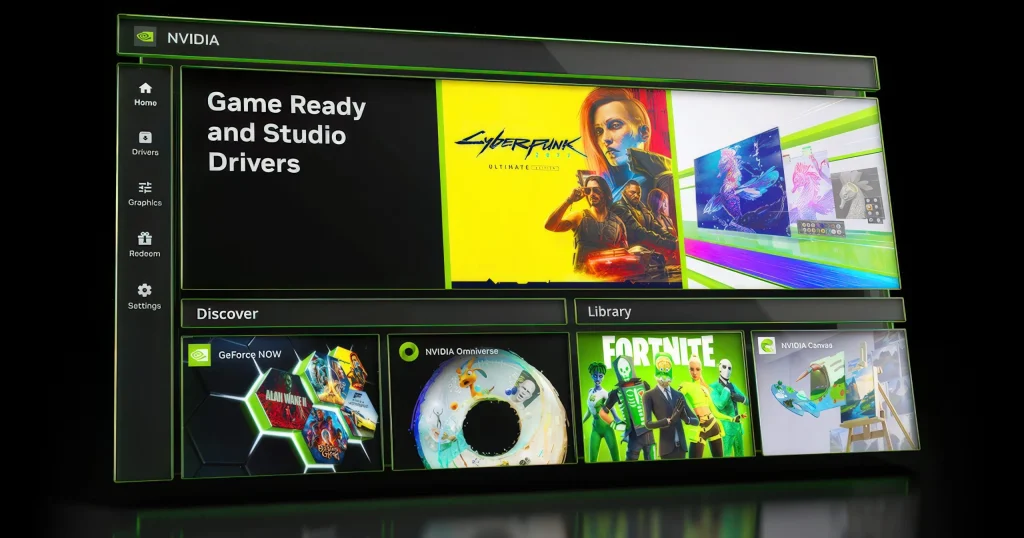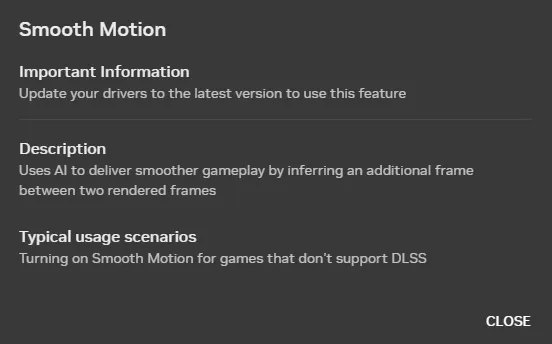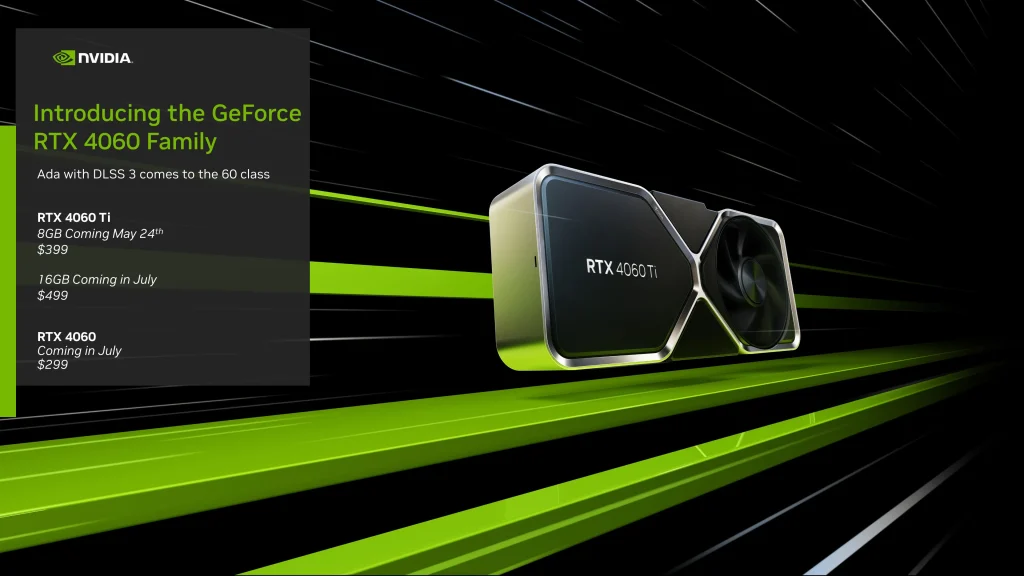
NVIDIA Smooth Motion Brings New Frame Tech to RTX 40 Series
NVIDIA is stepping up its game with the introduction of NVIDIA Smooth Motion, a brand-new frame-generation technology aimed at enhancing gaming visuals. NVIDIA introduced this feature through the latest driver updates as a direct AMD Fluid Motion Frames rival that will reach GeForce RTX 40 series GPUs soon.
Unlike NVIDIA’s DLSS Frame Generation, NVIDIA Smooth Motion is a driver-level feature that doesn’t rely on game developers to implement it. Additional frames emerge from Smooth Motion through its gap-filling process among two rendered frames thereby enhancing gameplay smoothness except for game-specific implementation requirements.
What Makes NVIDIA Smooth Motion Unique?
NVIDIA Smooth Motion is not just another frame-generation tool. Clients can achieve higher frame rates in supported games since this technology generates complete frames from interlocked rendered frames. Users can achieve smooth gameplay at fast refresh rates with NVIDIA Smooth Motion regardless of game developer support for advanced frame-generation methods.
However, there are limitations. Since NVIDIA Smooth Motion doesn’t use motion vectors, some elements like game UI or text may not look as sharp as they would with DLSS Frame Generation. The advantage of improved smoothness from this feature falls short of DLSS performance for latency and image clarity.

Coming Soon to RTX 40 Series
Initially introduced with NVIDIA’s GeForce RTX 50 series GPUs, NVIDIA Smooth Motion will soon be available for the RTX 40 series as well. NVIDIA continues to perform checks on Smooth Motion feature compatibility between different GPUs while testing its operation across various titles. RTX 40 series users will gain access to this technology when driver releases introduce it through an upcoming software update.
Gamers eager to try out NVIDIA Smooth Motion can already enable it in driver settings or through per-game profiles for games running on DirectX 11 or DirectX 12. Remote graphics processing through this feature does not need developer support which gives it extensive use across various titles.

How Does It Compare to AMD’s Fluid Motion Frames?
The introduction of NVIDIA Smooth Motion highlights NVIDIA’s push to compete directly with AMD’s Fluid Motion Frames. NVIDIA’s deep driver-level expertise enables its technology to create additional game frames like AMD’s Fluid Motion Frames but implements the feature differently.
Stealthy performance receives high acclaim from users yet NVIDIA delivers the feature to a bigger audience by deploying it across multiple GPU models. By bringing NVIDIA Smooth Motion to the RTX 40 series, the company is making sure a larger audience can experience the benefits of smoother frame rates, even on slightly older hardware.

A Quiet but Promising Debut
Interestingly, NVIDIA didn’t make a big announcement about NVIDIA Smooth Motion during the launch of the RTX 50 series. The update submodule with NVIDIA Smooth Motion emerged silently within the driver package update attracted the notice of tech commentators and gamers.
According to current reports NVIDIA seems to be refining their technology before full deployment while indications point toward its usefulness within their GPU infrastructure. User testing of the feature will lead NVIDIA to enhance it through incremental updates which will maintain high standards for brand popularity among gamers.

Final Thought
NVIDIA Smooth Motion is a promising step forward in frame-generation technology, providing gamers with a smoother, more immersive experience. The feature will improve gaming experiences regardless of whether users play on the RTX 50 series or wait for RTX 40 series releases.
With competition heating up between NVIDIA and AMD, innovations like NVIDIA Smooth Motion ensure that gamers continue to benefit from the ever-evolving world of GPU technology. The upcoming driver update provides gamers with the opportunity to encounter smoother gameplay than ever did before.




